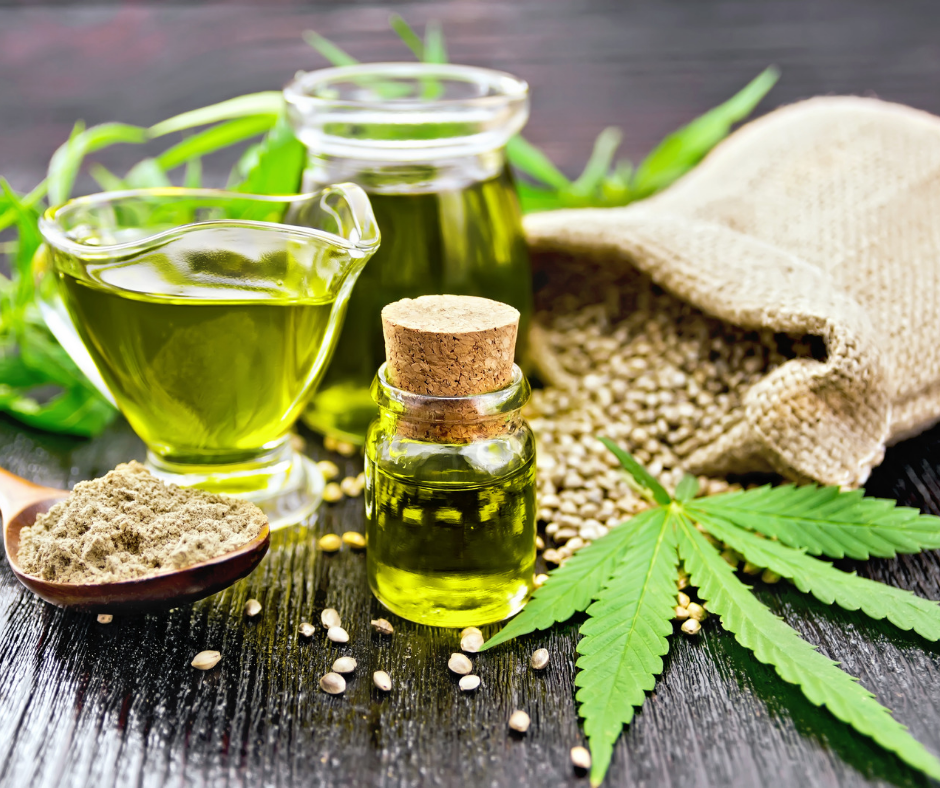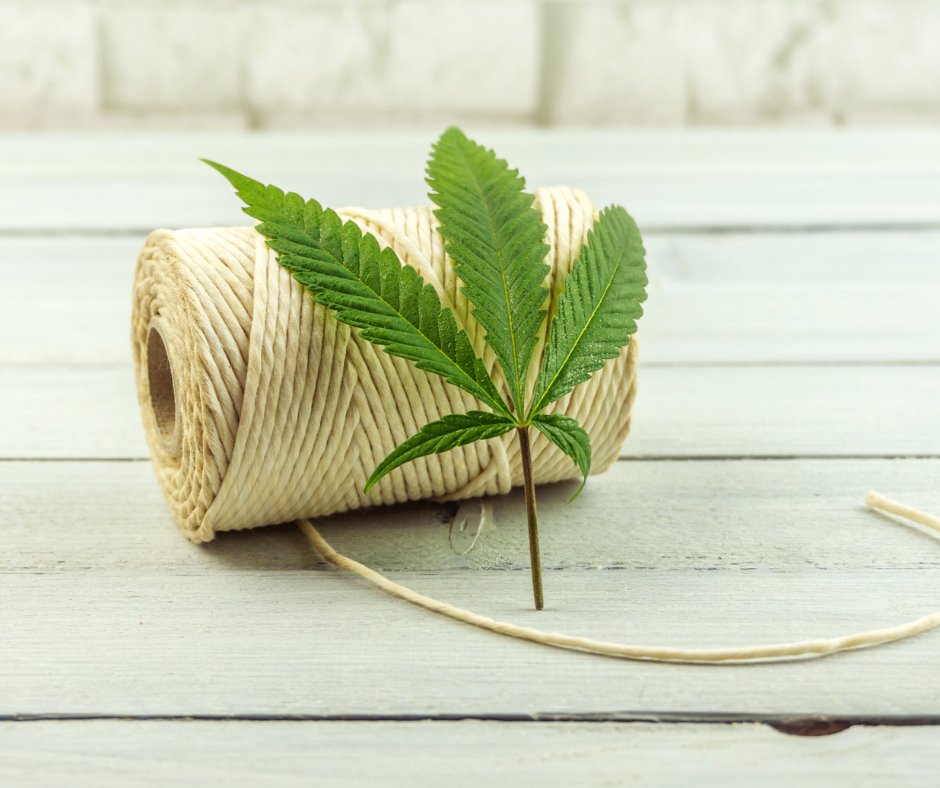
When you think of medical cannabis, many people’s thoughts turn straight to THC. While this is an extremely popular type of medical cannabis, there’s also another type of medical cannabis. Industrial hemp produces a full spectrum of cannabinoids just like its cousin, cannabis sativa l. What hemp doesn’t produce is the intoxicating cannabinoid THC in large enough quantities to be effective or to cause intoxication. By definition of law in the United States of America, industrial hemp is classified as cannabis containing 0.3% THC or less. Anything above that is considered hot, effectively turning it into what the government views as marijuana. Industrial hemp is legal in America under the 2018 Farm Bill.
Unfortunately, The United States of America has become divided on cannabis legalization thanks to wayward politicians. These elected representatives use continued cannabis prohibition as a crutch to continue walking on the American people. Through the Federal government’s enforcement of outdated cannabis policy, industries like private prisons, cotton, and pharma thrive. To no surprise, some of the biggest contributors to political campaigns come from the above-mentioned business sectors. It’s almost like the highest bidder wins the favoritism of the lawmaker/breaker they buy. I mean support.
Cannabis sometimes means corruption, greed, and snakes in the grass. It’s a way for state lawmakers to make up laws that generate revenue for the state. Revenue that lawmakers before them squandered away. The misappropriation of public funds by lawmakers has practically become a game of let’s see who can run up the most debt with the American people left to float the bill for new suits, flights, cars, houses, boats, and all that comes with the lifestyle.
· California- $506.66 billion
· New York- $358.15 billion
· Texas- $301.84 billion
· Illinois- $165.1 billion
The Medicinal Side of Cannabis
Cannabis is so much more than a form of revenue. Cannabis is medicine. Medical cannabis has been legalized in 37 states despite it still being illegal on a federal level. According to the United States federal government, cannabis is a schedule one drug with no accepted medical uses and a high potential for addiction and abuse.
According to multiple medical researchers, cannabinoid therapies hold a wide array of medicinal value and have multiple different medicinal uses. Thanks to the closed minds and open pockets of elected representatives and lawmakers, the United States is decades behind countries like Israel in the field of cannabinoid therapies and research surrounding them.
Cannabis is medicine, and it is a potent, powerful medicine at that. Even the FDA has approved one cannabis-derived drug and three synthetic cannabis drugs. Somehow in 2022, our federal government still manages to cling to archaic ideas from the 1930s. Cannabis isn’t the gateway drug. It’s not the devil’s lettuce. It won’t make you do any of the things that reefer madness propaganda suggested it would. Cannabis is medicine.
The medical side of cannabis is it helps people suffering from illnesses like epilepsy, cancer, Crohn’s disease, and other conditions. Cannabinoid therapies have been proven beneficial in helping control the symptoms of chronic pain, arthritis, insomnia, migraine headaches, loss of appetite, nausea, stress, depression, anxiety, and the list goes on. Some people find relief for skin conditions utilizing topical cannabis lotions, creams, salves, and balms. Transdermal pain patches, lotions, creams, salves, and balms are helping some people find relief from achy muscles and joints. People are fighting the symptoms of epilepsy, cancer, and more by utilizing cannabis tincture and full-extraction cannabis oil (FECO).

All Medical Cannabis Doesn’t Contain THC
When people think of medical cannabis, they often think of products containing THC. Medical cannabis is more than that. Industrial hemp produces a wide array of cannabinoids and has many different medicinal attributes. Research has shown CBD to be effective at a multitude of different tasks.
“As a multi-use crop, hemp is considered one of the oldest plants cultivated to provide nutritional and medicinal benefits.”-NCBI
There are still places in America where American citizens don’t have legal access to medical cannabis. This leaves them susceptible to having an endocannabinoid deficiency. The best they can do in these places is utilize cannabis products made from industrial hemp. They may not get the intoxicating and medicinal benefits of THC, but they stand to reap the benefits of other cannabinoids like CBD, CBG, CBN, and more.
Industrial hemp is also an excellent source of vitamins, minerals, and amino acids. According to reports on Healthline, “Hemp seeds contain significant amounts of the amino acids methionine and cysteine, as well as very high levels of arginine and glutamic acid. The digestibility of hemp protein is also very good — better than protein from many grains, nuts, and legumes.”
Web MD says, “Hemp seeds are an excellent source of plant-based protein. They contain all nine essential amino acids, and research suggests that hemp’s protein content is well-absorbed by our bodies.” As you can see, cannabis is medicine in many different ways. On top of cannabis being such a versatile medicine, it’s also much more.
The “and More” Side of Cannabis
Cannabis is more than medicine. It is an incredible, edible, durable building material too. Not edible in the form of you can eat the building material, edible in the form of super healthy hemp seeds and fresh juice. When it comes to building materials, hemp is extremely versatile, with thousands of possible applications.
Industrial hemp fibers are some of the longest and strongest in the plant kingdom. This has brought it to the attention of many enthusiastic entrepreneurs looking for more sustainable and environmentally friendly building options. “Hemp is one of the strongest and most durable of all natural textile fibers. Hemp produces 250% more fiber than cotton and 600% more fiber than flax on the same land, and has the highest yield per acre of any natural fiber.”-CFDA
Forbes recently said, “Not only can hemp be used for an astonishing number of products, but its net environmental benefit is also impressive.” So impressive, in fact, that it won approval to be used in residential construction. Cannabis Business Times reported, “the International Code Council (ICC) approved hemp-lime (hempcrete) insulation in the model U.S. residential building code at a public hearing in Louisville, Ky.” As you can see, cannabis is medicine and more.
Disclaimer: The information, including but not limited to text, graphics, images, and other material contained in this article, is for informational purposes only. No material from this article is intended to be a substitute for professional medical advice, diagnosis, or treatment. Always seek the advice of your physician or another qualified healthcare provider with any questions you may have regarding a medical condition or treatment before undertaking a new healthcare regimen. Never disregard professional medical advice or delay in seeking it because of something you have read on this website.
